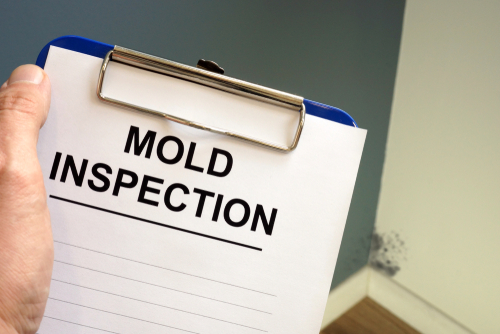When you’re buying or selling a home, a standard home inspection is crucial — but there’s one hidden issue that’s often overlooked until it becomes a bigger problem: MOLD. While mold might not always be visible, it can cause significant damage to a home and pose serious health risks to those living inside. That’s why mold testing is more than just a smart add-on — it’s a necessary step in protecting your investment, your health, and your peace of mind.
The Hidden Nature of Mold
Mold thrives in damp, dark, and often inaccessible areas — behind walls, under flooring, in crawl spaces, and inside HVAC systems. Even if a home looks pristine on the surface, there could be a mold issue brewing out of sight. A musty odor or a history of water intrusion are common red flags, but mold doesn’t always make its presence known so obviously.
Health Risks You Shouldn’t Ignore
Exposure to mold can trigger a range of health issues, particularly for individuals with allergies, asthma, or weakened immune systems. Symptoms can include:
- Respiratory problems
- Sinus congestion
- Skin irritation
- Eye irritation
- Headaches and fatigue
Long-term exposure can even contribute to more serious health conditions. For families with children, elderly residents, or anyone with health sensitivities, ensuring the home is mold-free is essential.
Financial and Legal Implications
Mold remediation can be expensive. If left undetected, mold can spread and cause damage to drywall, insulation, and structural components. Identifying mold during the inspection phase can give buyers leverage to negotiate repairs or remediation — or reconsider the purchase entirely.
For sellers, conducting mold testing before listing a home can help avoid surprises during the buyer’s inspection. It also shows transparency and builds trust, potentially helping your home sell faster.
Peace of Mind for Everyone Involved
Whether you’re a buyer, seller, or real estate professional, mold testing adds an extra layer of confidence to the transaction. It ensures there are no hidden problems lurking in the walls and allows for a smoother, more informed decision-making process.
What Does Mold Testing Involve?
Professional mold testing includes air sampling, surface sampling, and moisture assessments to detect both visible and hidden mold. The results are analyzed in a lab to determine the type and concentration of mold spores, providing a clear picture of any potential issues.
Final Thoughts
Mold testing might seem like a small step in the grand scheme of a home purchase, but it can make a big difference. A clean mold report provides assurance, while a positive test result gives you the information you need to act quickly and avoid greater risks down the line.
When it comes to something as important as your home and health, don’t skip the mold test. It’s a small investment that could save you from major headaches later.


Leave a Reply